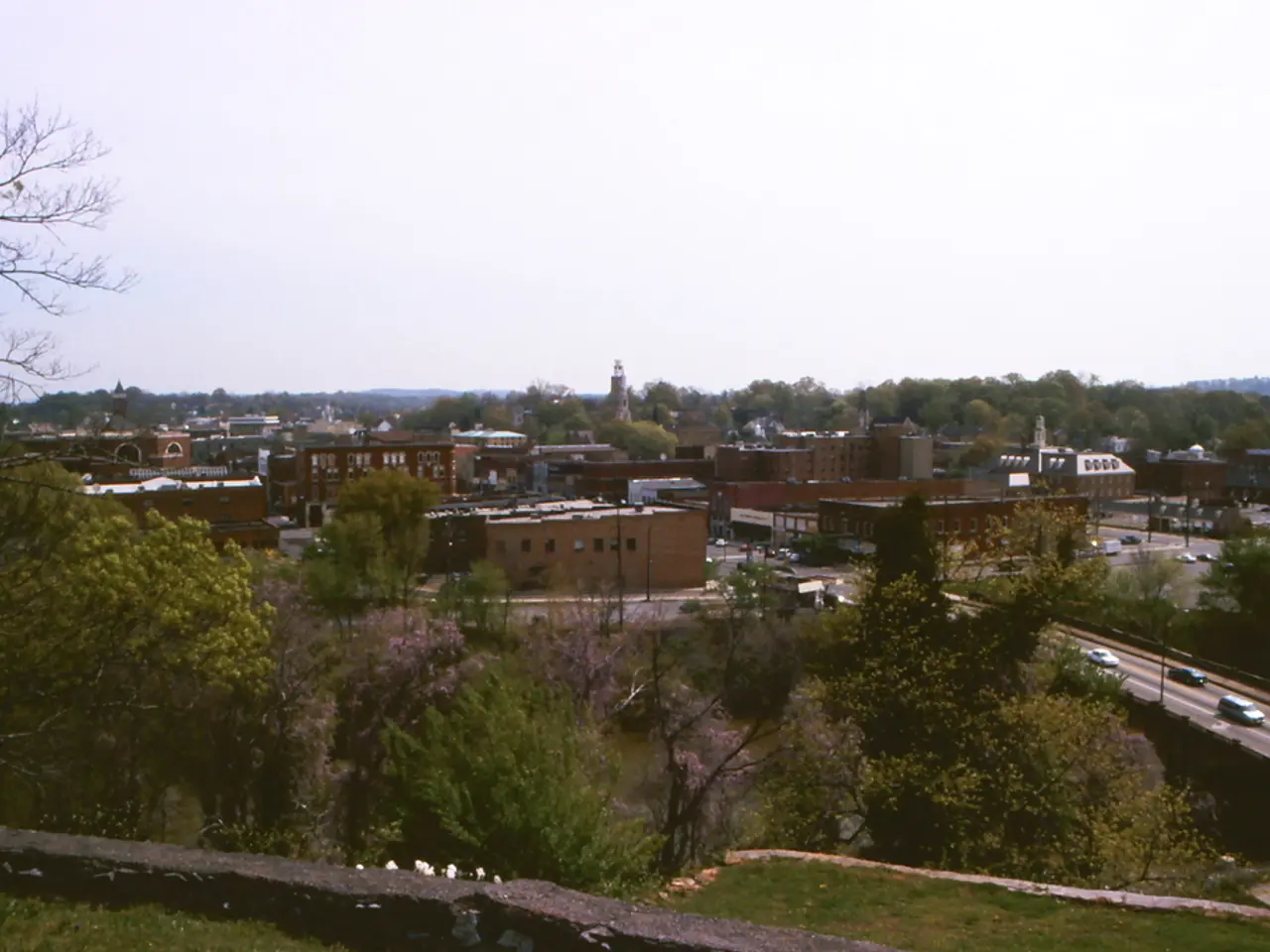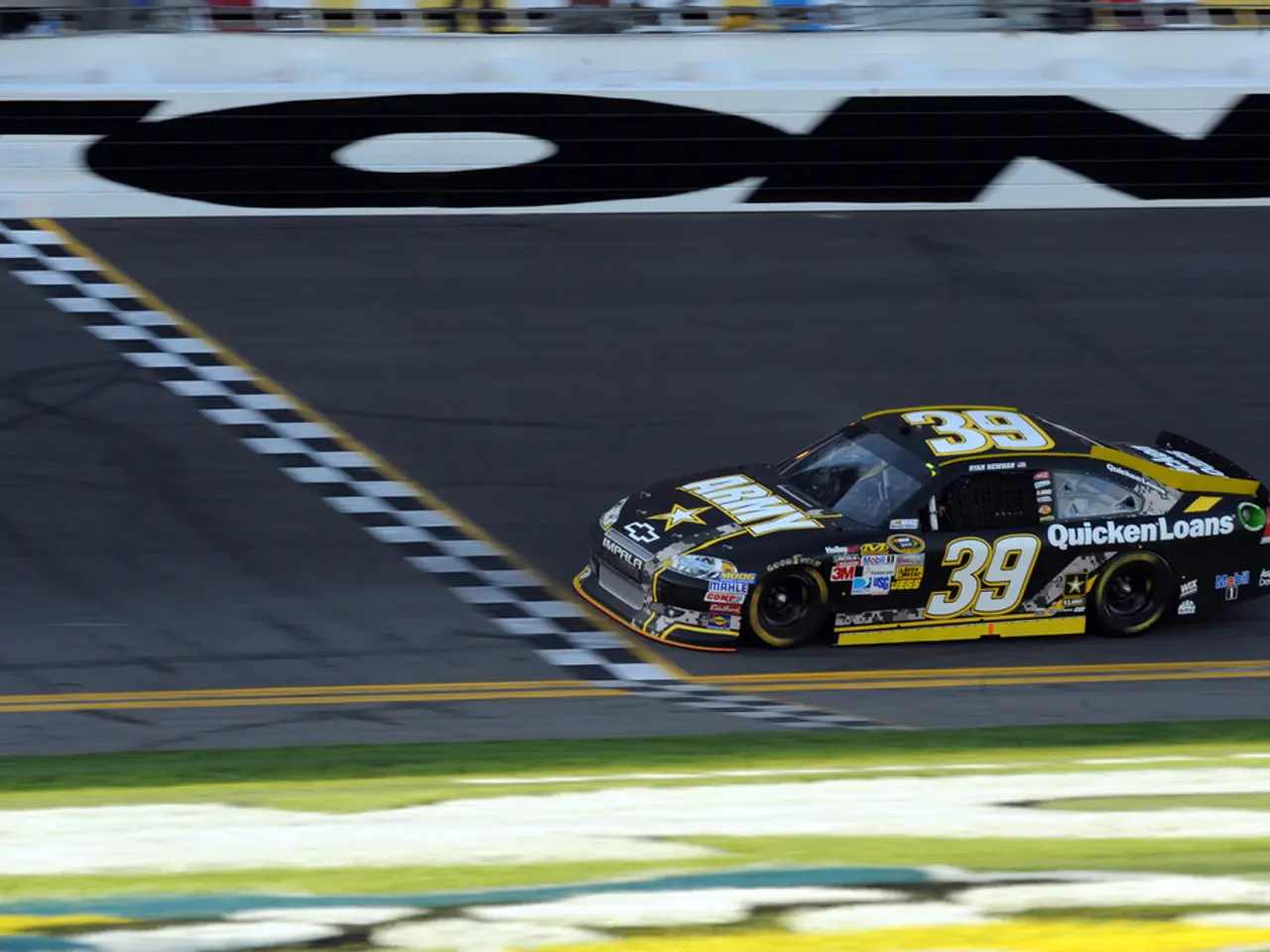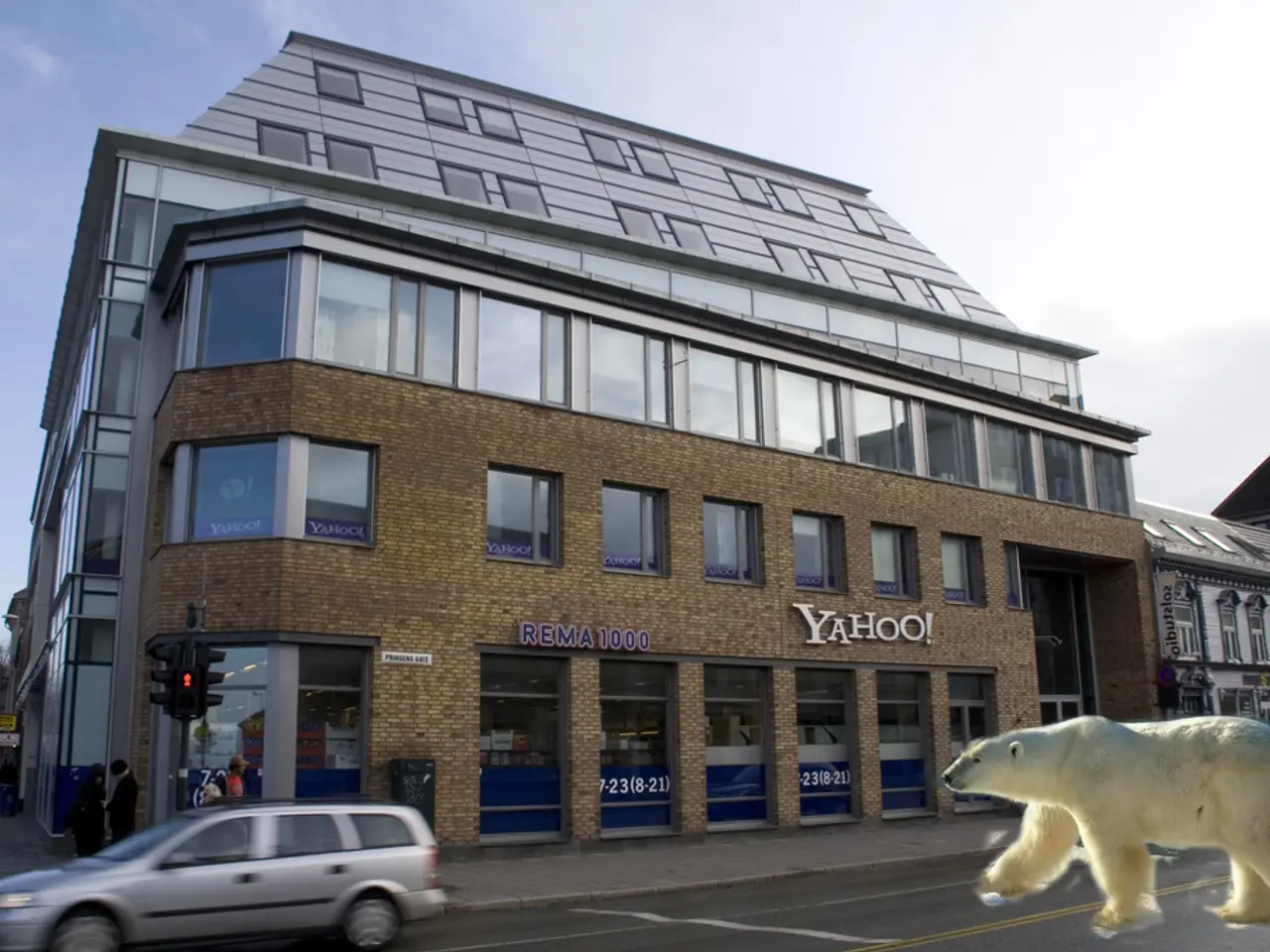Urban neighborhoods rely heavily on their suburban counterparts
In the heart of Europe, suburbs surrounding major cities like Berlin, Munich, and Frankfurt are undergoing a significant transformation, playing a crucial role in the sustainability of suburban development and the overall economy of the metropolitan regions.
Economically, suburbs contribute substantially to the expansion of metropolitan labor markets and housing supply. Many companies choose to relocate their sites to suburbs due to lower land prices, better expansion opportunities, and good transport connections. This relocation creates new jobs outside city centers, relieving commuter traffic. The economic growth of metropolitan areas is increasingly dependent on the development of suburbs.
Suburbs are no longer just "bedroom communities." They have developed infrastructure, economy, schools, industrial areas, cultural facilities, and mobility options. However, the lack of proper transport networks in suburbs can lead to traffic chaos, environmental pollution, and social division. Future-proof suburbs rely on multimodal mobility solutions, such as cycle highways and park-and-ride systems.
Socially, suburbs affect population distribution and social dynamics. Suburbs have grown significantly over the past few decades, with nearly half of a metropolitan area's residents now living in the suburbs, according to the Federal Institute for Research on Building, Urban Affairs, and Spatial Development. The influx of people to suburbs has led to changes in infrastructure and the economy.
Social mixing is a growing issue in many suburbs, as they were often one-sided in the past, for example, through single-family housing estates or social housing. Improved social mixing through diverse housing forms, intergenerational concepts, and integrative urban planning can significantly improve the quality of life in suburbs.
Environmentally, suburban development impacts land use and local ecosystems. Increased suburbanization consumes green and blue spaces—such as parks and water bodies—which affects ecological continuity and population distribution. Studies show that integrated blue-green spaces promote population growth and environmental quality, whereas isolated increases in green or blue spaces can have mixed or negative effects depending on the urban context.
Suburbs around these German metropolitan areas drive economic expansion and housing but require careful management due to their social implications in community structure and disparities, as well as their environmental impact on green and blue spaces and sustainability goals. The future of metropolitan areas like Berlin, Munich, and Frankfurt greatly depends on the development and growth of their suburbs, which function as hubs between rural areas and the metropolis, with well-developed transport networks playing a central role in their mobility.
The economic growth of suburbs, often driven by industry and finance, allows for the establishment of new industrial areas, contributing to a city's overall economic health. This development, paired with seamless transportation options, creates a fertile ground for job creation outside the city center and alleviates commuter traffic.
In terms of social development, suburbs have evolved to house diverse communities, with amenities such as schools, cultural facilities, and mobility options. However, there's a need to address the potential social divisions within these areas, focusing on strategies that promote social mixing and harmonious community structures.




